The significance of a well-devised home safety plan cannot be overstated in today’s unpredictable world, where emergencies can arise without warning. Whether it’s a natural disaster, a home intrusion, or a medical emergency, being prepared can make all the difference in safeguarding your family and property. This post aims to provide a comprehensive checklist for building an effective home safety plan, covering everything from fire safety measures to securing your home against intrusions. By the end of this guide, you will have the knowledge and tools needed to prepare your home and loved ones for a variety of emergencies, ensuring peace of mind and security.
Assessing Your Home’s Safety Needs

The first step in creating a robust home safety plan involves identifying potential hazards within your home. This includes recognizing risks like fire, flooding, carbon monoxide leaks, and any structural vulnerabilities that could pose a threat to your household’s safety. By conducting a thorough assessment of your living space; you can pinpoint areas that require immediate attention and mitigation measures, laying the groundwork for a tailored safety plan that addresses these specific concerns.
Understanding the local risks specific to your area is equally crucial. Whether it’s the likelihood of earthquakes, hurricanes, or other natural disasters, being aware of these external threats allows you to incorporate necessary precautions into your safety plan. This might involve reinforcing structures, preparing emergency supply kits, or establishing evacuation routes, ensuring that your plan is comprehensive and effective against the particular challenges your location presents.
Fire Safety Measures
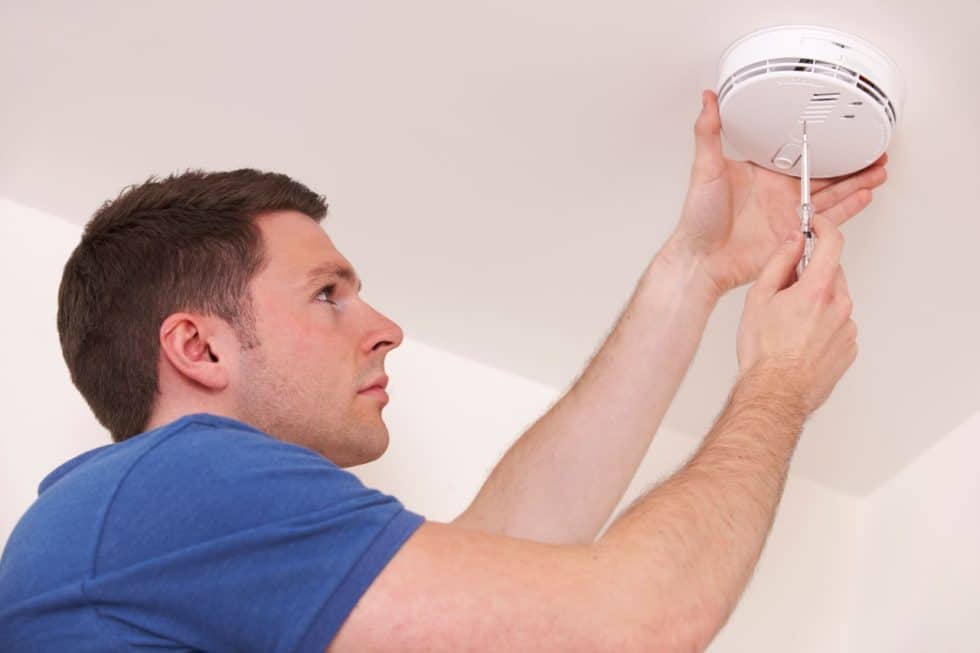
Installing smoke detectors and fire extinguishers throughout your home is a fundamental fire safety measure. Position these devices in key areas, including kitchens, bedrooms, and hallways, to ensure early detection and control of fires. Regular maintenance checks are essential to confirm their functionality, providing an initial line of defense against potential fire outbreaks.
Equally important is the planning of escape routes and the practice of fire drills with all household members. This preparation ensures that everyone knows how to exit the home safely in the event of a fire and where to meet outside. Identifying multiple escape routes from different rooms and practicing these drills periodically can significantly improve the chances of safe evacuation for you and your loved ones during an actual emergency.
Emergency Evacuation Plans
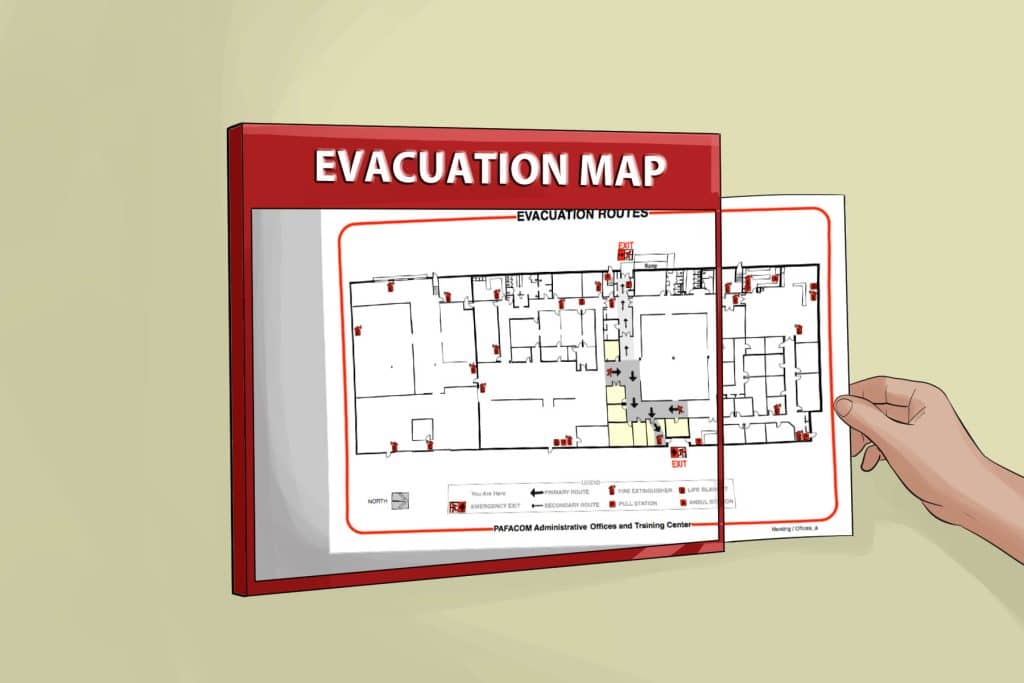
Designating safe meeting points outside your home is a critical component of any evacuation plan. These predetermined spots ensure that family members can quickly find each other once it’s safe to do so, even if they exit the home from different locations. Establishing clear communication about these meeting points is vital for reducing confusion and panic during an emergency evacuation.
Creating an evacuation map and compiling a list of emergency contacts are also essential steps. The map should include all possible exit points from your home and routes to the designated meeting spots. An emergency contact list, easily accessible to all family members, should include local emergency services, relatives, and close friends who can offer assistance. Special considerations for pets and individuals with mobility issues should be incorporated into your plan to ensure everyone’s safety.
First Aid and Medical Emergencies
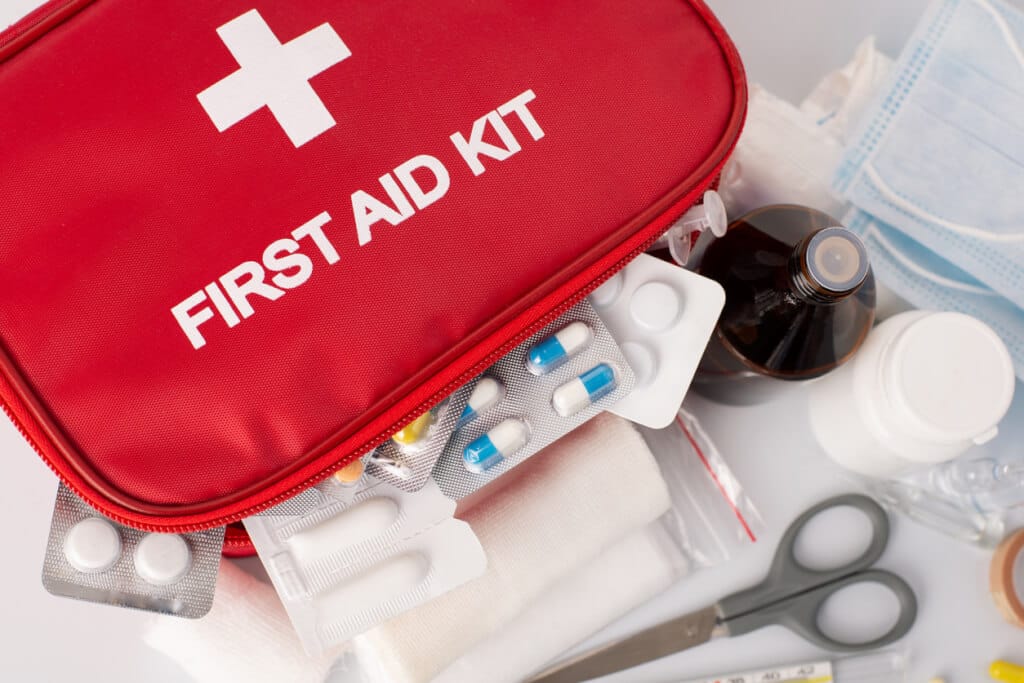
Maintaining a well-stocked first aid kit is crucial for any home safety plan. It should include essential supplies such as various sizes of bandages, antiseptic wipes, adhesive tape, scissors, pain relievers, and necessary prescription medications. Regularly checking and replenishing these supplies ensures your readiness to handle minor injuries or health issues immediately. Knowledge of the contents and their uses is essential for effective first aid response, making familiarization a key component of your safety preparations.
Equipping yourself and your family members with basic first aid and CPR knowledge is equally important. Enrolling in certified training courses provides the skills needed to address common emergencies, such as cuts, burns, choking, and cardiac arrest before professional medical help arrives. These life-saving techniques can make a significant difference in emergency situations, offering immediate care that may prevent the situation from worsening. Encouraging all household members to participate in such training fosters a safer home environment, ensuring everyone is prepared to act in a crisis.
Natural Disaster Preparedness
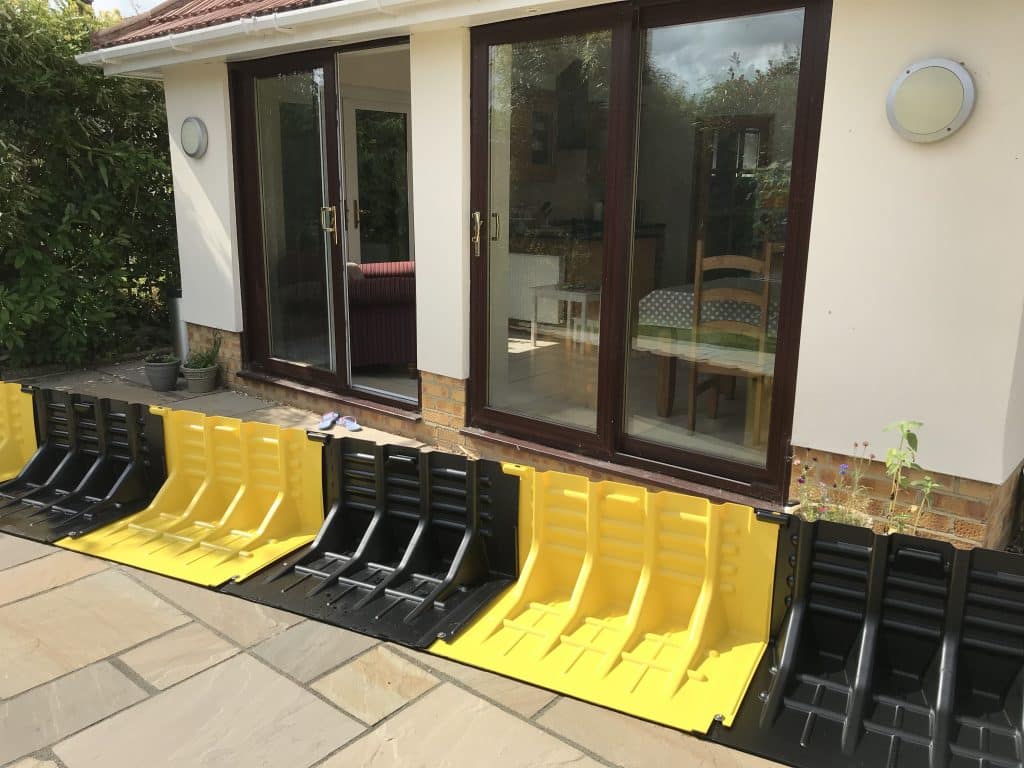
Preparing for natural disasters requires an understanding of the specific threats your area faces, such as earthquakes, floods, hurricanes, or tornadoes. Each type of disaster demands unique preparations, from securing heavy furniture to prevent tipping during earthquakes to creating flood barriers for homes in flood-prone areas. Assembling emergency kits that include water, non-perishable food, flashlights, batteries, and other essentials is crucial. This preparation ensures that your household can sustain itself for several days if access to basic services is cut off.
Additionally, developing a plan that includes safe evacuation routes and a communication strategy tailored to different disaster scenarios is vital. For homes in regions susceptible to certain disasters, reinforcing structures to withstand these forces can be a life-saving investment. Keeping important documents in a safe, easily accessible location and knowing the local emergency evacuation centers can streamline the process during a crisis. Engaging in community preparedness programs can also provide valuable resources and information specific to your locality’s risks.
Securing Home Against Intrusions
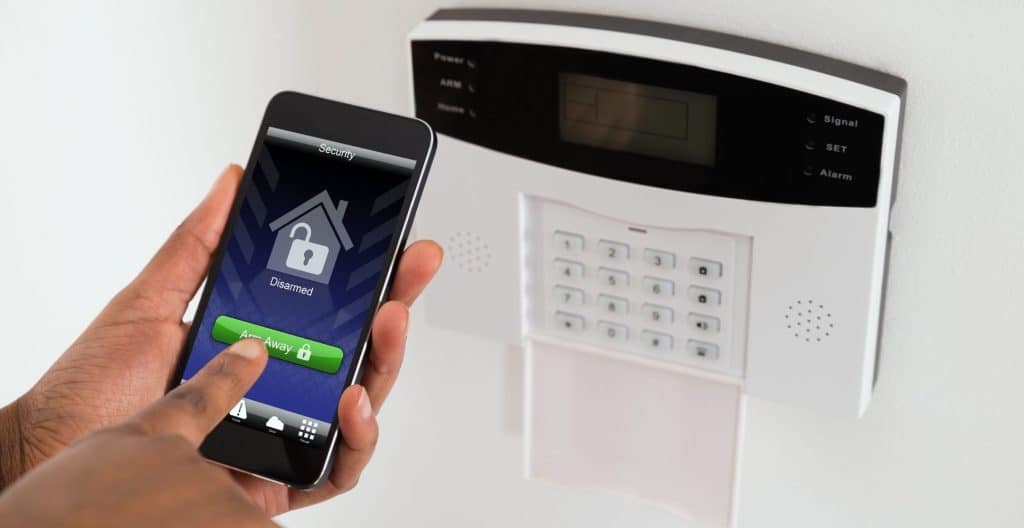
To protect your home from potential intrusions, installing sturdy locks on all doors and windows is the first line of defense. Consider adding security systems that include alarms and surveillance cameras to monitor and deter unauthorized entry. Effective outdoor lighting, especially motion-activated lights, can further discourage intruders by eliminating dark areas around your property. Regularly reviewing and updating these security measures ensures that your home remains a safe haven for your family.
Beyond physical security, digital security measures are increasingly important in safeguarding personal and financial information. Ensure strong, unique passwords for all online accounts and secure Wi-Fi networks to prevent digital intrusions. Educating family members about the importance of digital security, including recognizing phishing scams and safeguarding personal information online, is crucial. Together, these strategies create a comprehensive security plan that protects both the physical and digital aspects of your home.
Communication Plan

Establishing a reliable family communication plan is essential in emergency situations where family members may be separated or when conventional communication systems fail. Designate a family member outside your immediate area to act as a central contact point, facilitating communication among separated family members. Educating all family members, including children, on how to use text messages, social media, and emergency services can ensure everyone knows how to reach out for help or to check in during an emergency.
Keeping important documents, such as identification, medical records, and insurance policies, in a secure yet accessible location is also critical. This not only aids in the immediate aftermath of an emergency but also in the recovery process. Consider storing digital copies of these documents in a secure cloud service or on a USB drive as part of your emergency kit. This dual approach ensures that crucial information is readily available, regardless of the circumstances.
Make Home Safety Your Priority
Embracing a proactive approach to home safety not only secures your property but also, more importantly, protects the lives within it. By assessing risks, preparing for emergencies, and educating all household members, you lay a foundation of security and peace of mind. Let this guide be your starting point towards a safer home. Remember, safety is a continuous journey, not a one-time task. Take action today to ensure that your home becomes a sanctuary of safety for you and your loved ones, safeguarding your future together.